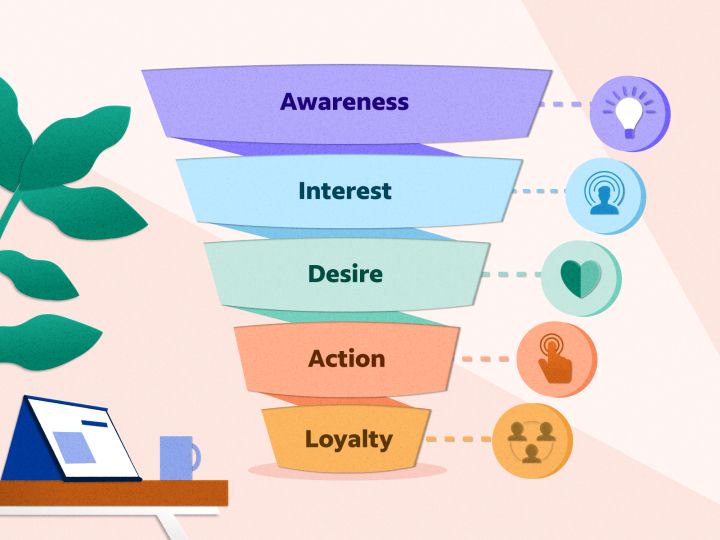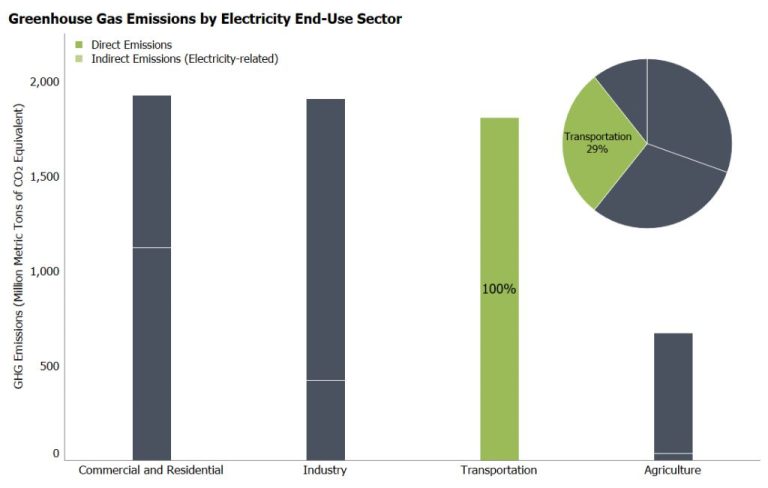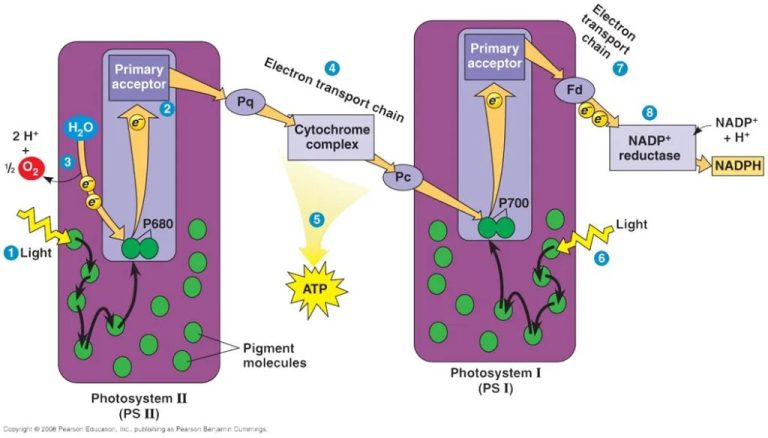What Is A Conversion Example?
What is Conversion?
Conversion refers to the act of turning a website visitor into a customer or lead. Specifically, a conversion occurs when someone takes a desired action on your website, such as making a purchase, signing up for a newsletter, downloading content, or contacting your sales team.
There are a few main types of conversions:
- Lead conversion – when a visitor signs up for something or leaves their contact info
- Customer conversion – when someone makes a purchase or becomes a paying customer
- Sales conversion – when a lead turns into an actual customer/sale
Tracking conversions is crucial for any business with an online presence. Without measuring conversions, you have no way of knowing if your website and marketing efforts are effective at generating business results.
Tracking conversion rates over time lets you see what’s working and optimize your strategy. It provides clear data on how many visitors are converting at each stage and where you may be losing potential customers. This allows you to focus your efforts on the biggest opportunities to improve conversion rates.
Lead Conversion Examples
Lead conversions refer to when a visitor takes an initial action to engage further with your business. Some common lead conversion examples include:
-
Email signup – Visitor provides their email address to receive updates from your company.
-
Downloading content – Visitor downloads a gated resource like an eBook or whitepaper after submitting their email or other info.
-
Requesting free trial – Visitor signs up for a free trial of your software or service.
-
Signing up for newsletter – Visitor subscribes to receive your company’s newsletter or email updates.
Tracking lead conversions is important for understanding the first interaction point between your business and potential new customers. Optimizing the conversion rate for leads allows you to generate more potential sales opportunities over time.
Customer Conversion Examples
Some key customer conversion examples include:
Making a Purchase
One of the most common conversion events is when a visitor to your site makes a purchase. This could be buying a physical product, digital product, subscription, or any other type of purchase. For ecommerce sites, a purchase is often the primary conversion goal.

Completing a Transaction
If your business involves transactions like booking a hotel, flight, rental car, or event ticket, then completions of those transactions are conversions. The visitor came with the intent to book or transact and your site enabled them to complete that goal.
Becoming a Paying User
For software, apps, and other digital services that offer free trials or freemium models, conversions happen when visitors sign up and become paying users. This could be upgrading from a free to paid subscription or making an in-app purchase.
Tracking these customer conversion events allows you to measure the effectiveness of marketing and optimization efforts. Each completed transaction signals that your site successfully turned a visitor into a customer.
Sales Conversion Examples:
Sales conversions track the process of converting site visitors into paying customers through purchases. Here are some common sales conversion examples:
-
eCommerce purchases – One of the most common sales conversions is an online retail purchase. This tracks how many site visitors add items to their cart and complete the checkout process.
-
In-app purchases – For apps and games, an important conversion is getting users to purchase premium content, upgrades, coins, gems etc. within the app. This conversion measures how well the app converts downloads into paying users.
-
Online course sales – Educational sites and online learning platforms track how many people sign up for their paid online courses or tutorials. Optimizing course pages and checkout flows is key to improving this conversion.
Tracking sales conversions allows businesses to monitor the effectiveness of calls-to-action, pricing, checkout pages and identify where users are dropping off in the buying process.
Conversion Funnel
The conversion funnel is a visual representation of the customer’s path leading to a conversion. It illustrates the stages a customer goes through in the journey from initial awareness of a product or service to becoming a lead or customer.
The key stages of the conversion funnel are:
Awareness Stage
This is when the customer first becomes aware of the product or brand. They may encounter it through advertising, word-of-mouth, social media, search engines or other channels. The goal here is to get the product or brand on the customer’s radar.
Interest Stage
At this point, the customer is showing interest and engaging more deeply with the product or service. They are researching to learn more details, exploring options, and comparing competitors. The goal is to nurture interest and provide helpful information.
Decision Stage
The customer has evaluated their options and is ready to make a purchase decision. The goal here is to make it easy for them to convert and complete the transaction through clear calls-to-action, simple checkout, and excellent customer service.
Understanding the conversion funnel enables companies to identify where customers are getting stuck or dropping out. This allows businesses to optimize their campaigns and touchpoints for each stage of the journey.
Importance of Tracking Conversions
Tracking conversions is crucial for any business looking to optimize their marketing efforts and improve return on investment. Here are some of the key reasons why tracking conversions matters:
- Identify most effective campaigns/channels – With conversion tracking, you can see which marketing channels (e.g. email, social media, SEO) and specific campaigns are generating the most conversions. This allows you to double down on what’s working and potentially shift budget away from poorer performing channels.
- Optimize marketing spend – By understanding which campaigns and channels deliver conversions, you can optimize where marketing dollars are allocated to maximize conversion rates and return on ad spend. Tracking conversions provides the data needed to make smart marketing budget decisions.
- Set goals and benchmarks – Conversion tracking provides the historical data needed to establish conversion rate goals and benchmarks. With goals defined, the business can then continually optimize marketing performance and assess progress over time.
In summary, by shedding light on where conversions happen and which marketing efforts drive them, conversion tracking is indispensable for businesses looking to boost conversions in a cost-effective manner.
Tools to Track Conversions
There are several tools that can be used to track conversions efficiently:
Google Analytics
Google Analytics is a free web analytics service offered by Google that tracks and reports website traffic. It offers in-depth analysis of your website data, including:
- Traffic sources
- Visitor demographics
- Content engagement metrics
- Shopping behavior and purchases
- Conversion tracking
Google Analytics makes it easy to set up conversion goals and track performance over time. Its reports provide insights to optimize your website for better conversions.
Facebook Pixel
The Facebook pixel is a snippet of code you place on your website to track conversions from Facebook ads. It allows you to:
- Measure ad performance and ROI
- Create targeted custom audiences for future ads
- Track on-site conversions from Facebook campaigns
The Facebook pixel gives you the data to refine your Facebook ads and conversion strategies.
Salesforce
Salesforce is a popular CRM platform with powerful conversion tracking features. It lets you:
- Assign conversion values to leads and opportunities
- Connect offline and online lead sources
- Track lead status changes and activity over time
- Identify your best lead sources
Salesforce provides transparency into your sales pipeline and conversion metrics.
Other CRMs
Many CRM platforms such as HubSpot, Zoho CRM, and Pipedrive also offer conversion tracking and analytics tools. This allows you to monitor your sales funnel performance from first touch to closed deal.
Increasing Conversion Rates
There are several proven tactics businesses can use to increase conversion rates.
First, optimizing landing pages can drive more conversions. This includes simplifying the layout, highlighting calls-to-action, reducing form fields, and crafting persuasive copy. A/B testing different page versions is key.
Second, email marketing enables sending targeted offers to reach customers multiple times. Segment contacts, personalize content, and test email subject lines. Deliver value in each email to build trust.
Next, retargeting ads allow displaying ads to visitors after they leave a site. Remarketing across channels like search and social media brings users back. Create customized ads for each audience.
Additionally, referral programs encourage existing customers to promote products. Offering rewards for referrals taps into word-of-mouth. Make referral links easy to share on social media.
With testing and persistence, businesses can improve website conversion rates over time.
Conversion Rate Benchmarks
When examining your conversion rates, it’s helpful to compare against industry averages and benchmarks. This gives context on how your business is performing and areas for potential improvement. Some key ecommerce and email conversion benchmarks include:
Ecommerce Transaction Rates
The average ecommerce conversion rate is around 2-3%. However, this varies significantly by industry. For example:
- Online retail: 3.32% average conversion rate
- Travel websites: 4.42%
- SaaS companies: 2.46%
- Insurance providers: 5.61%
Examining conversion rates by traffic source also provides useful benchmarks. Paid search traffic tends to convert higher than organic search, social media, and other sources.
Email Signup Rates
The average email signup conversion rate is around 2.9%. However, the top 25% of companies see rates above 3.5%. Popups and embedded forms tend to convert better than other signup options.
Conversion rates also vary significantly by industry and audience. For example:
- Blog or content site: 2.9%
- SaaS company: 2.5%
- Ecommerce store: 1.6%
Benchmarking your email signup rates against top performers in your industry is key to optimization.
Key Takeaways
In summary, conversion refers to the act of converting site visitors into leads, customers, or sales. Tracking conversions and optimizing conversion rates is crucial for businesses to grow revenue and acquire new customers.
Some key points on conversions:
- Lead conversions track how many site visitors convert into leads by filling out forms or signing up for content.
- Customer conversions follow how many leads convert into paying customers.
- Sales conversions monitor ecommerce sales generated.
- Optimizing the conversion funnel from visitor to lead to customer is essential for improving conversion rates.
- Conversion tracking tools like Google Analytics allow you to monitor conversions to identify areas for optimization.
- Increasing conversion rates leads directly to more leads, customers, and revenue for your business.
- Aim for conversion rate benchmarks based on your industry to evaluate your performance.
Tracking and optimizing conversions needs to be an ongoing priority, as even small improvements can have a major business impact. Focus on providing a seamless user experience to convert more of your valuable site traffic.







